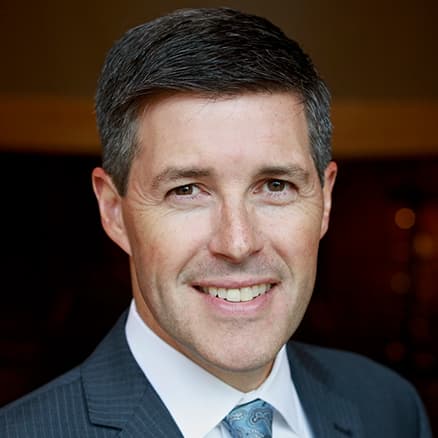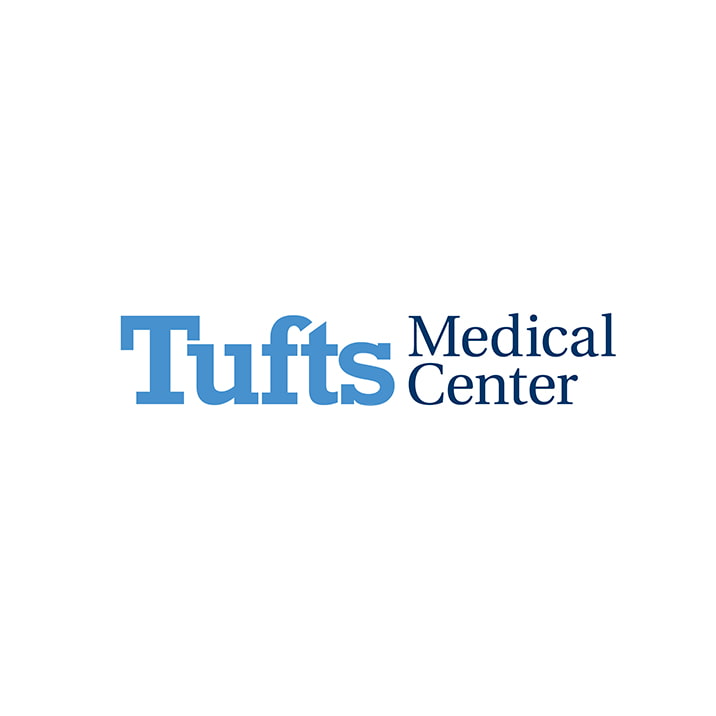Ambulatory pharmacy takes center stage at Tufts Medical Center

“Making care better, decreasing administrative burden, and improving financial performance. There's not a lot of times in my career where all three boxes are checked. This is a unique example of where we really nailed it on all three fronts.”
On this page:
- The Challenge
- Q&A
- Vital Statistics
- Core Technology
Increasing revenue, mitigating risk, relieving provider workload. Those are some of the outcomes Ross Thompson and his pharmacy team set out to achieve five years ago by managing the distinct needs of patients with chronic, costly, complex drug regimens at the health system’s ambulatory clinics.
Today, their comprehensive program is realizing those benefits, with pharmacists embedded in more than a dozen clinic environments, including hematology/oncology, infectious disease, transplant, cardiology, gastrointestinal, rheumatology, endocrinology, dermatology, pulmonology, nephrology, and several pediatric settings.
Q&A
-
Q: How did your ambulatory pharmacy program come about?
A: When you think about it, an educated patient with clear access to medication leads to a superior clinical outcome. So, it was our ambition, as a department, to advocate for a programmatic design of pharmacy services for our clinics.
The pharmacist is responsible for assisting with drug selection decisions and progression of first line to second line, whatever the medication regimen might be. To support that effort, a pharmacy technician ensures the medication is affordable based on the patient’s insurance plan.
But more specifically, and more distinctly, the pharmacist is in a position to educate the patient about their disease, how the medication manages their disease, and how adherence to their medication is going to be beneficial to their clinical outcome.
-
Q: Did you need to create a business case or a clinical case for each area of practice?
A: Each position was cost justified as we’ve gone along. And the justification differs depending on the environment.
In many of these environments we were able to point to revenue associated with filling prescriptions for these patients. In addition, pharmacy is relieving workload from clinic staff. So, that’s a win.
And then in some environments, it’s a matter of either improving quality of care, or mitigating risk within our risk-based contracts. For example, we can justify pharmacy involvement in managing chronic conditions like diabetes.
-
Q: How did you build the pharmacy staff required to deliver ambulatory services?
A: It’s been a learning curve for all of us. Many positions are net new, so we’ve promoted or reassigned from within, and we recruited externally.
Internally, some people chose to move into these responsibilities and so their positions were repurposed.
Some external folks come from relevant practice environments and brought that experience with them.
And for those who have watched this initiative blossom at the medical center, it’s been fun to see the staff take advantage of the career growth opportunities.
-
Q: What was your approach to gaining buy-in from the clinics?
A: We met with the physician leaders in their clinics. They are busy people. We usually had about 15 minutes. We’d set the stage by presenting the opportunity.
First, we told them we can remove an administrative burden in the form of prior authorizations. Second, we offered to assume full responsibility of any insurance coverage question related to any medication that is ever used in the clinic.
The physician leaders would look at us and say, ‘What’s the catch?’
Then we’d outline the plan to establish a pharmacist practice within the clinic and asked for their help in delivering our comprehensive pharmacy program message to patients. That was the “catch.”
-
Q: Were you concerned about embedded pharmacists losing focus?
A: Because clinics are oftentimes under resourced, we knew that adding a very capable, very motivated pharmacist would prompt the physician leaders to come up with about 93 great ideas of how the new pharmacist should spend their time. But for the program to be successful, it’s critical that the ambulatory pharmacists remain narrowly focused on interacting with patients who would benefit from the interaction and education.
So we asked each physician leader to agree to allow the pharmacists to get fully integrated into the clinic, to get into a rhythm, and to not do any of those 93 great ideas for the first six months.
During monthly check-in meetings, we were able to maintain that agreement. I would be the bad guy and say no, which allowed the clinic pharmacist to maintain a good relationship within the clinic providers.
Now that the program is established, as long as the pharmacist is executing against performance indicators, they have the discretion to try those other ideas.
-
Q: How have internal perceptions of pharmacy services changed since your ambulatory pharmacy program success?
A: Pharmacy has enjoyed a strong presence and influence within the medical center, and as a reliable partner on the care team, for longer than I’ve been associated with the organization.
But entering the ambulatory environment exposed pharmacy to about half the medical staff with whom we didn’t routinely interact within the inpatient environment. Physicians told me it was eye opening for them. They didn’t realize the impact pharmacy can have in the outpatient setting.
And certainly the revenue flow and what we’ve contributed to the medical center’s bottom line has received a lot of attention. People are realizing the importance of comprehensive pharmacy services.
Now, our friends in the finance department are quick to take our calls. Our contracting team has a greater appreciation for pharmacy, which is impacting how they approach payer negotiations with local insurers who might otherwise try to exclude us from their specialty pharmacy network.
-
Q: What aspects of your program’s successes have you found to be most personally rewarding?
A: It’s always fun to create opportunities where people can blossom in new meaningful roles that have a direct impact on the health of our community.
Patients are better educated; they’re more adherent to the medication regimens that we’ve optimized for their ongoing health. We’ve lowered the administrative burden from the clinic staff, and more appropriately, assigned it to a technician to complete the technical work. And by enabling providers to spend more time on care and less time as a technician, we’ve helped to improve the quality of the experience for the provider.
Ultimately, we’ve generated a meaningful financial return for the medical center.
So, making care better, decreasing administrative burden, and improving financial performance. There's not a lot of times in my career where all three boxes are checked. This is a unique example of where we really nailed it on all three fronts.
-
Q: Where do you see opportunities to expand ambulatory pharmacy over the next five years?
A: I think the type of care provided in the ambulatory setting is going to increase, to where it will become a more dominant side of healthcare delivery.
At the same time, there's certainly a growth in the drug development pipeline to address specialty medications. So, I think you’ll see an expansion in types of pharmacy care delivered in ambulatory settings.
Also, I think you’ll see a greater optimization of technology, where more clinical visits and procedures can be done in the home. A very basic example of this is home infusion.
Vital Statistics

Tufts Medical Center Health System
- Hospitals2
- Staffed Beds492
- Employees3,959
- Affiliated Physicians979
- Specialty Pharmacy1
- Urgent Care Clinic1
Core Technology
EHR: Cerner
Omnicell Technology:
 Back to Customer Stories
Back to Customer Stories